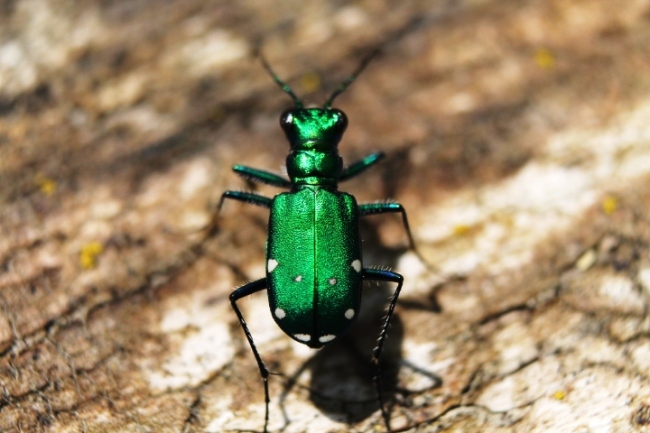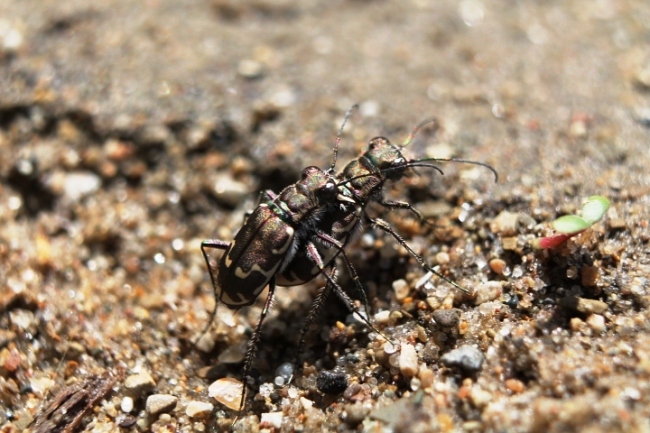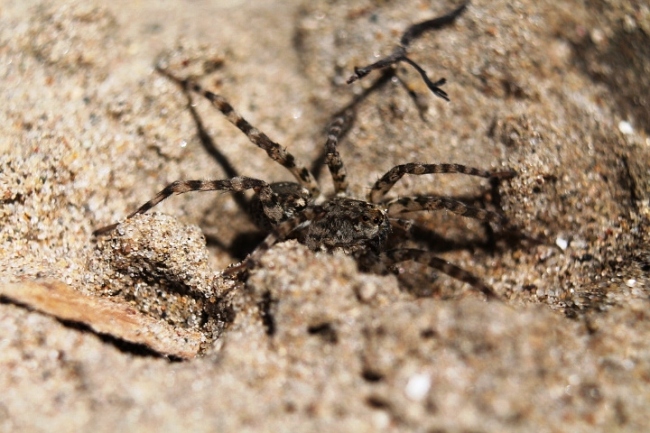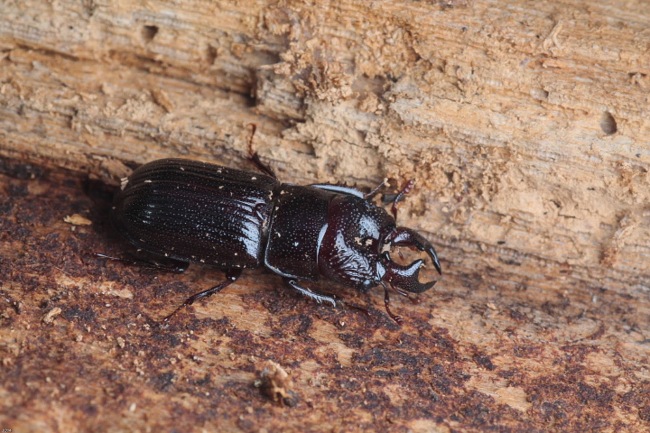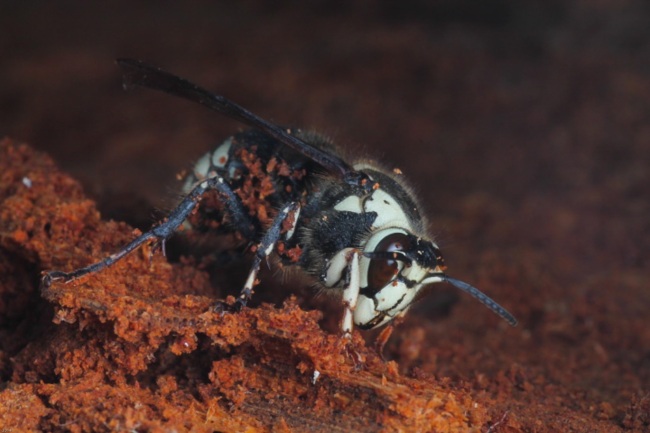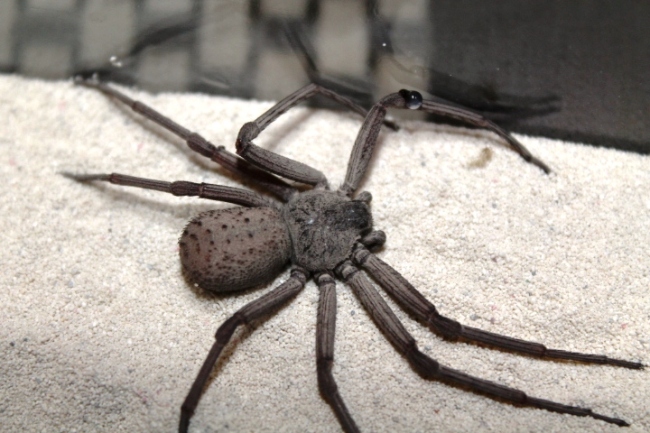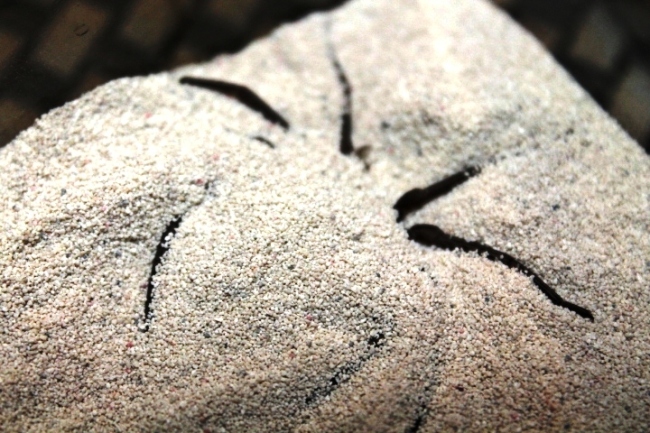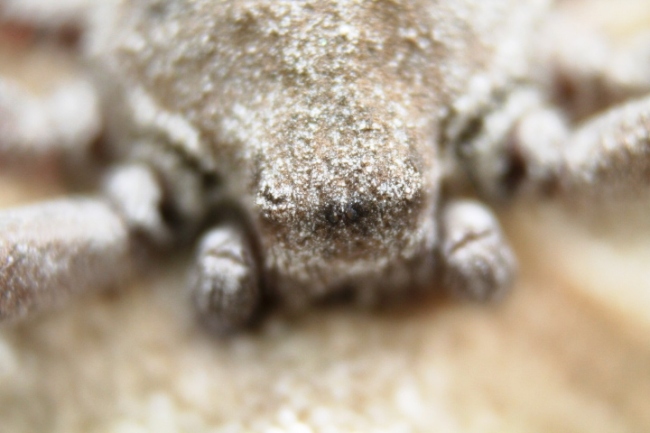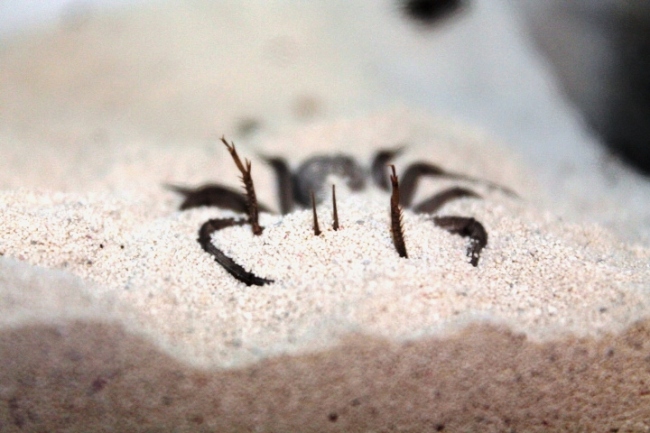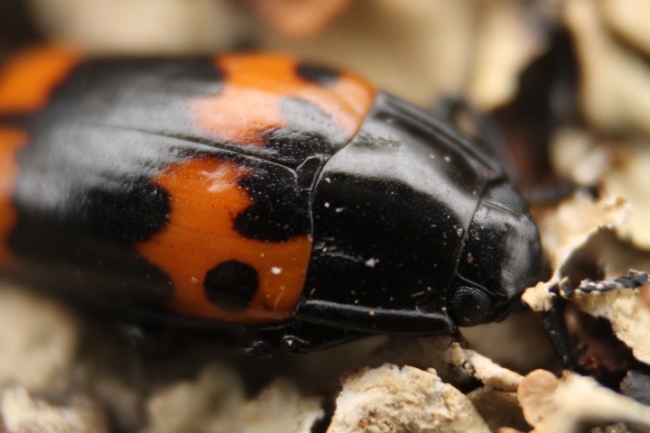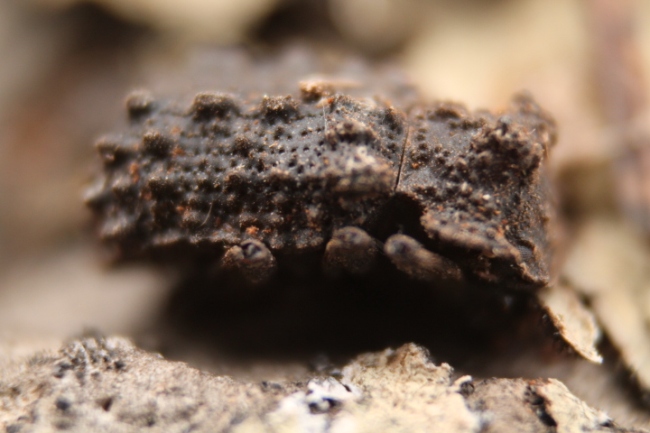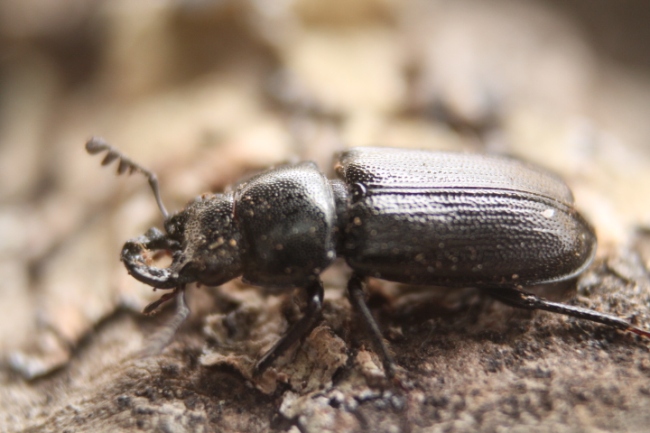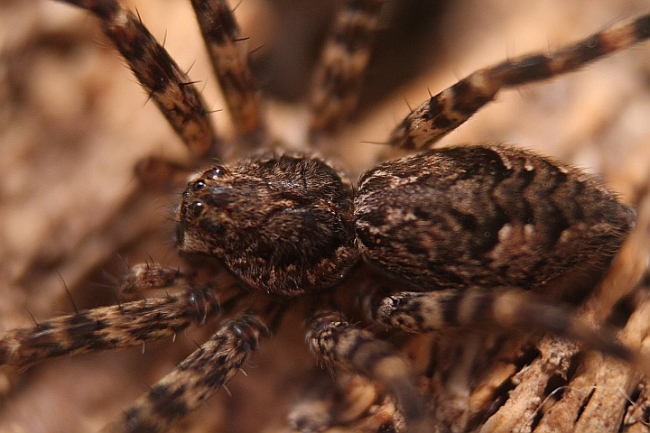Collecting at Kickapoo State Park (26 Apr. 2014)
With the weather on Saturday being gorgeous, it was high time to go on another collecting trip. This was a small outing (only three of us went exclusively to collect), but it was still a great time. What was really nice was that even in areas where there weren’t many things to collect, the scenery was still beautiful and there were still plenty of inverts running/flying around to make for some good pictures.
We came across loads of C. sexguttata as we wandered through the woods. Some of them were very cooperative when it came to taking pictures. Others decided we were too large and scary and would flee whenever we got close. As the day wore on and we moved to a nice, sandy area next to a creek, we found a different tiger beetle species that was much more skittish.
The handful of C. r. repanda were super skittish, flying off before we could get close. It took me about 15 minutes to get the shot above, but it was a lot of fun (even though the family fishing in the creek kept looking at me like I was crazy). This sandy area yielded many more interesting creatures, with gelastocorids (toad bugs), many different carabids (ground beetles) and a ton of frogs.
After lunch, we worked our way back into the woods again to resume collecting and break up a few logs to see what treasures they contained. The first big log we cracked into was full of termites at one end, so we shifted down a little and kept breaking. After a bit more breaking, I came across a stag beetle (Family Lucanidae)! I hadn’t come across this species before, so this was a treat! Luckily one of the other collectors had his camera ready and got some good shots.
And luckily he was ready for the surprise we found about a foot away after breaking off another piece…
All-in-all, it was a great collecting trip, with several interesting specimens being captured physically or pictorially. The trip was very enjoyable and the weather couldn’t have been better. Hopefully there will be more trips like this to come!
To see more of Horace’s photos, click here.
Sands of Death
A couple months ago, I got some new spiders. This spider is well known on YouTube for its digging, but not seen too often in the US invert hobby. These had been on my wish list for the longest time, but I couldn’t find any (or at least any offered for a decent price). I finally got lucky and managed to find three for sale. My overall goal was to get them to breed, but that’s proving to be rather difficult since I have three females.
The sand spider (Sicarius spp.), is a very reclusive spider, hailing from deserts in South America and Southern Africa. Reclusive is an accurate term, not only for their behavior of always staying hidden, but also because they are in the same family as the brown recluse (Loxoceles reclusa). Toxicology studies have shown that Sicarius have venom very similar to that of Loxoceles, so necrotic arachnidism (necrosis due to arachnid bite) is a distinct possibility. However, Sicarius are non-aggressive, almost to a fault, rarely biting or showing any aggression. They are much more likely to go running off than they are to bite.
The enclosure for Sicarius is simple. They can’t climb, so a plastic enclosure works just fine. Care must be taken though, because if the walls get dusty, the spiders can get a grip and climb. I just have a Kritter Keeper full of sand with a piece of cork bark leaning up against the side. I spray a small amount of water into a corner once a month and feeding occurs every two weeks. So far two of the females have been entertaining to watch feed (picture an eight-legged landmine), but the other one has been pretty conserved, only coming to feed after I’ve turned out the lights and gone to bed.
Overall, these are great spiders to keep. Once you get past the wicked speed and potential to be highly venomous, they are very good pets with a very unique set of adaptations.
As a final note, this is not a spider that I would recommend to the beginning hobbyist. You can blink and this spider will be on the other side of the enclosure. The redeeming qualities are that it can’t climb and is non-aggressive. Aggressiveness varies between individuals though, so if you do get a Sicarius (or really any other pet: dog, cat, bird, spider, scorpion, etc.), treat it with respect and don’t put yourself in a risky situation.
First Collecting Trip (12 April 2014)!
The weather has finally gotten nice (except for the snow today…) and I was able to go collecting! Though early in the season, there were some insects and spiders out. I went to a local forest (a rare island in the sea of corn that is central Illinois), packed and ready for a variety of things. While there wasn’t any vegetation I could use my beating sheet on, there were still plenty of logs that could be flipped or broken and lots of peelable bark.
The morning started off slow, but things picked up as the day went on and we figured out what logs and bark could yield the insects we were after. And what could a better find than a bunch of beetles???
This beautiful erotylid (pleasing fungus beetle) was under a piece of loose bark at the base of a dead tree. The same tree had a large number of dead curculionids (weevils) and coccinellids (lady beetles) under the bark. They all seemed to be infected with fungus, but that could have occurred after they died. Perhaps the frigid temps from this past winter killed them off and the fungus began breaking them down?
After waiting over a year, I was finally able to capture the amazing forked fungus beetle (Family Tenebrionidae)! She was well camouflaged in a rotting log, likely looking for fungus to eat. This is one of the few non-lucanids that show sexual dimorphism, with males having large “fork-like” horns rising over their heads. Females (like the one seen above) have small bumps. While small, they are occasionally kept in the US beetle hobby. Hopefully I’ll find a male this year so I have a pair!
The log with the B. cornutus also contained several oak stag beetles (Family Lucanidae)! This small stag beetle (maxing out at 12 mm) was a very cool find. I didn’t know this beetle existed until I found it and it was a pleasant surprise to find a lucanid so early in the season.
And on an 8-legged note, a couple flipped logs also yielded young fishing spiders (Dolomedes tenebrosus) and a jumping spider (not yet identified).
Couldn’t have asked for a better way to start the season! Here’s looking forward to collecting even more this year!
